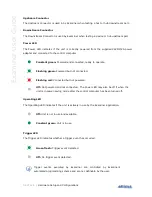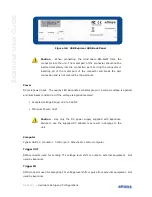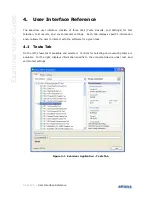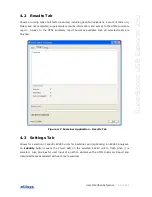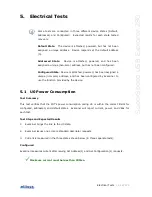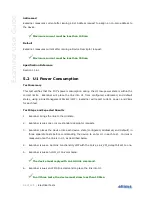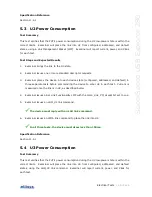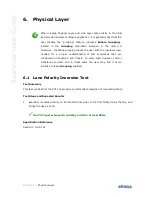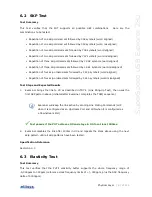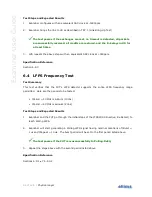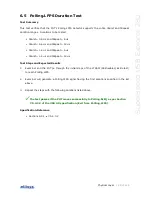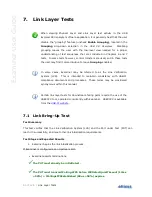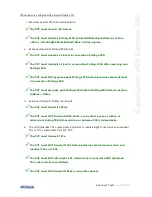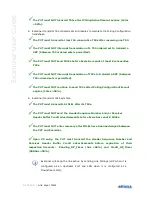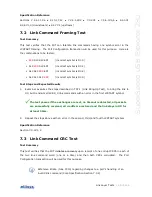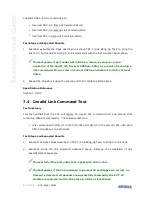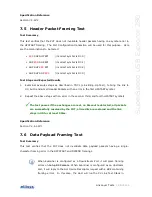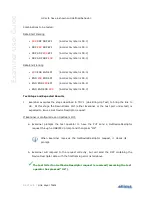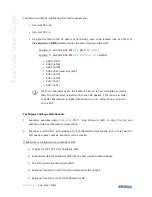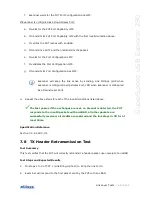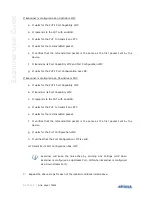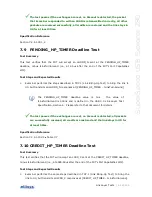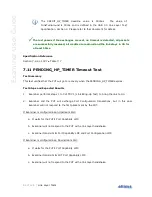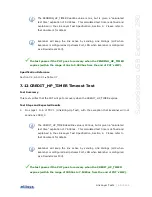
48 of 124 |
Physical Layer
Ex
ami
n
er
U
se
r
G
u
ide
Test Steps and Expected Results
1.
Examiner configures with an equivalent SSC clock at -5300ppm.
2.
Examiner brings the link to U0 as described in TD7.1 (Link Bring-Up Test).
The test passes if the exchanges are met, no timeout is detected, all packets
are successfully received, all credits are restored, and the link stays in U0 for
at least 50ms.
3.
LVS repeats the above steps with an equivalent SSC clock at +300ppm.
Specification Reference
Section 6.4.3
6.4
LFPS Frequency Test
Test Summary
This test verifies that the PUT’s LFPS detector supports the entire LFPS frequency range
permitted. Here are the periods to be tested:
tPeriod = 10 MHz minimum (100ns)
tPeriod = 50 MHz maximum (20ns)
Test Steps and Expected Results
1.
Examiner and the PUT go through the initial steps of the LTSSM (SS.Inactive, Rx.Detect) to
reach Polling.LFPS.
2.
Examiner will start generating a Polling.LFPS signal having nominal durations of tBurst =
1 us and tRepeat = 10 us. The burst period will be set to the first period listed above.
The test passes if the PUT moves successfully to Polling.RxEQ.
3.
Repeat the steps above with the second period listed above.
Specification Reference
Sections 6.9.1 ● 7.5.4.3.2

